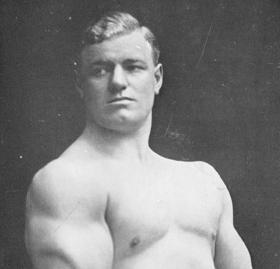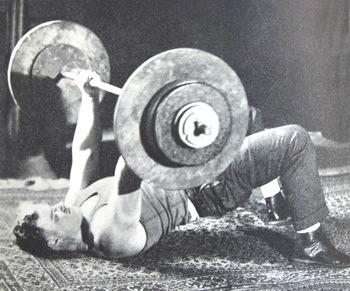Been working on a new project. Hours of filming straight at a time. It’s rough work doing that much volume but the payoff should be great.
More on that later on, plus a few sneak peak video clips.
Right now, gonna dive into the mailbag to answer a few more of your questions. We got some good ones today.
“Quick question. I’m having trouble going past 30 seconds holding a handstand. My balance is constantly improving, so is strength (i can rattle off 12-15 pressups at a time – sometimes I’ll do 3 sets of 11). Just not getting why I hit a wall around 30 or so seconds in a free handstand. gotta run, Thanks for the great info”
Andy Moose
My first impression is that your hitting a wall because you think you’re hitting a wall.
There is nothing physiologically that changes after the half minute mark. If you can’t break it you just need a few options to work through it.
Set a goal to make 40 seconds. Maybe even visualize yourself doing it. But most importantly believe in your ability to do it. Do not think you’ll fail at 30 but that you can go on to 60 and eventually you will.
“how do you go back into a crab and flip over sucessfuly”
Gabrielle
I put out a video a while back showing how to do a similar move from the bridge position. If you haven’t seen it you can check it out here – Gymnastic Bridge Turn-Over.
The short answer is that it requires strength and flexibility in the shoulders to do this move. You have to be able to post your weight on the one arm while you rotate your body around.
“HI Logan,
A skill that I’m working to regain is the backward rolling summersault. I think I did it as a kid, but it is escaping me now. Any suggestions to implement the back roll without risking neck strain?”
thanks
Jeff
Many people can’t do a backwards roll because it hurts their neck. The problem lies not in the move itself but in weakness.
If you build up your strength this move will not be a problem. In Tumbling Illustrated there’s even a back extension roll up into the headstand without the use of the arms. How’s that for neck strain?
In my opinion the best exercise to strengthen the neck is the wrestler’s bridge. Tried and true. And if you move from a laying down position to the top of the bridge you cover the same angles of pressure you need for the backwards roll.
You can avoid the problem by doing backwards rolls over the shoulder or you can address it and make you neck strong. Your choice.
And if you want to have a really strong neck (when most people don’t even train theirs) stay tuned to what’s coming soon.
Good Luck and Good Hand Balancing,
Logan Christopher










